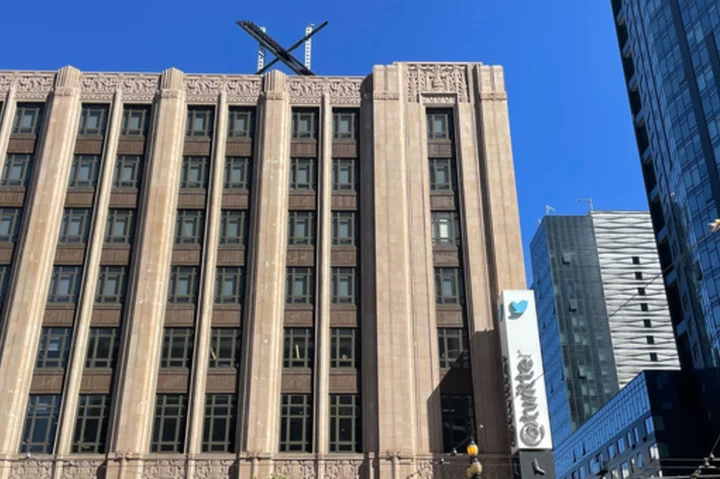By Ann Saphir
SAN FRANCISCO (Reuters) -Pandemic-related snarls in global supply chains have mostly receded, but their after-effects still account for a big chunk of excess U.S. inflation, an analysis published Tuesday by the San Francisco Federal Reserve Bank showed.
Supply shortages from supply chain disruptions drove most of the upswing in inflation since April 2021, and the easing of those disruptions since mid-2022 has contributed to the slowdown in inflation since then, the paper showed.
The Fed's target for inflation, as measured by the personal consumption expenditures price index, is 2%.
A year ago, inflation by that measure reached a peak of 7%, and supply shock pressures contributed about 2.5 percentage points of that, according to the paper. As of March, PCE inflation had fallen to 4.2%, of which supply shocks accounted for around 1.4 percentage points.
Still, wrote San Francisco Fed economists Zheng Liu and Thuy Lan Nguyen, the contribution of supply chain pressures to inflation "remains positive, reflecting the delayed effects of the shock on inflation."
The analysis is sure to feed into a central debate at the U.S. central bank about how best to bring inflation back down to the 2% target, now that the Fed has lifted its policy target to a 5%-5.25% range.
The San Francisco Fed paper suggests a sizeable further drop in inflation is already baked in due to the delayed effect of now mostly normalized supply chains. "If there are no additional shocks going forward, then supply-chain-driven inflation should vanish by early next year," the authors said in an emailed response to a Reuters query.
All things equal, that would imply less may be needed from monetary policy to bring inflation back to the Fed's goal.
But all things may not be equal. Separate research from San Francisco Fed economist Adam Shapiro suggests a handoff from supply-driven inflation to demand-driven inflation, a process that the authors of Tuesday's paper say negates "a lot of the decline in supply-driven inflation."
Further, an analysis by former Fed Chair Ben Bernanke and former International Monetary Fund chief Olivier Blanchard suggests that wage growth may take over from supply shortages as a main driver of inflation.
In that narrative, for which Fed Chair Jerome Powell has expressed some sympathy, cooling inflation requires softening in the labor market, which may in turn require further policy tightening.
Other Fed policymakers, including Chicago Fed chief Austan Goolsbee, have taken the view that wage growth says little about the future path of inflation.
Fed policymakers are also weighing other theories about the likely course of inflation, including one, laid out by researchers at the St. Louis Fed and others, that excess savings are feeding price pressures in a way that may persist despite the increase in interest rates.
(Reporting by Ann Saphir; Additional reporting by Howard Schneider; Editing by Andrea Ricci)









